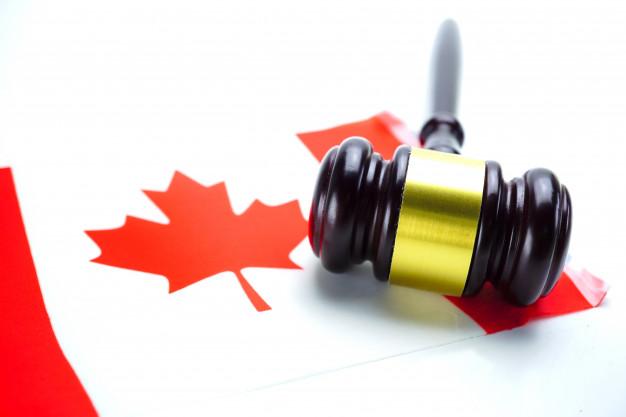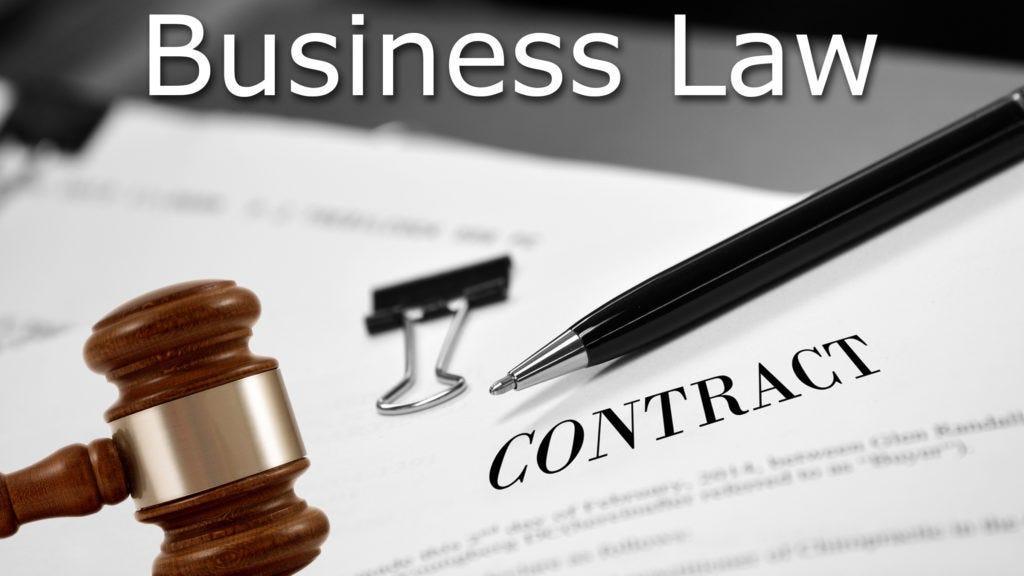
Have you ever heard of a faulty product causing the same problems to you like others? What if you form a herd and decide to sue the company? Class action lawsuits are just that. By definition, it means filing a lawsuit by numerous people of sizeable quantity against the same accused.
You have seen that I have mentioned about a faulty product causing any sort of damages to you. This is because class action lawsuits are common when it comes to product liability. Class action lawsuits work differently in every country. So what do you know about class actions in Canada?
What To Know About Class Action Lawsuit In Canada
Class action lawsuits are traditionally filed by one person on behalf of a larger group of people. Then one plaintiff is selected as the head of the case as a representative for the class action.
A class action lawsuit helps many people fight against a suspect accused of causing damages through different breaches. These breaches may include product liability, consumer protection, breach of privacy, personal injury in mass, and many more. Class action suits are known to be prolonged or extensive because they are highly complicated and multinational cases.
Class action lawsuits in Canada were first systemized in the state of Quebec in the year 1970s. Then Ontario systemized it in 1993. Today, all provinces, except P.E.I, have developed the procedures of a class-action lawsuit.
In the past 2 decades, the Law Commission of Ontario filed 1500 class action cases. However, there are no records on the whole countrywide cases.
It has been said that there are responsible legislators in Canada who are proficient enough to build a robust mechanism to give justice to the victims who have been wronged. The system of Canada is known to be equitable.
The Process of Starting Class Action Lawsuit
A class-action lawsuit usually starts with the efficient law firms identifying problems or issues affecting a large number of people and then finding a potential face of the case to represent the whole case.
For example, some people are taken into British Columbia from another place. So you can apply for 60’s scoop application, one kind of class-action lawsuit to get support from the government. In this case, many people are getting affected and deprived of education and other basic needs.
However, there are also a few cases where a fellow individual takes their case to a lawyer. Class actions are really expensive to dispute in court, and this is why a lawyer needs his or her conviction in the case. The lawyer needs to believe in the merits that the case displays.
A class-action lawsuit needs to be certified; hence s/he must believe that the class action meets all the requirements to get certified as one. One of the important factor to evaluate is also the compensation likely to be won. The compensation must be worth bearing the cost of filing the action class lawsuit.
The class is supposed to be constituted by a lawyer. The lawyer gets a contingency fee, which is compensation for the costs s/he bear. A contingency fee is a fee given to a lawyer only if the plaintiffs win when the case gets tried in the court or if the case is settled. Further, the lawyer gets a certain percentage of the amount the class action wins.
How to Make Certification of the Class Action
Certification of a class-action lawsuit must be made possible via a certification hearing. This must be performed by making sure the case has an approved representative or the face of the case, and the parameters are maintained accordingly.
These parameters include the approval of the participants of the class action. The members can be a wide range of people who have been wronged by the same accused.
How to Be a Part of the Action Class
You must be thinking that there are many procedures to follow to be a part of a class action. However, it is nothing but a habitual misinterpretation that anyone has to register to take part in a class action.
Canada is said to have a voluntary opt-out choice. This means that any individual can opt-out of a class action if they will be a part of an individual case. A date after the approved certification will be prescribed to opt-out from the class action. If an individual does not choose to opt-out, he or she must surrender to the result of the class action.
How are the settlements distributed?
A major benefit provided by Canada's class-action system is that compensations are not only confined to the ones with a lawyer. Any individual who meets the requirement of a class has the right to apply to become a part of the settlement.
In the case of large class actions that involve a wider class, the settlements can often become a lengthy process. The members are bound to make claims on the settlement.
Additionally, the members must display proof of their qualifications to be part of the class. Further proof of injuries and other damages must be provided.
A court-elected administrator then distributes the money based on the severity of the injury.
Conclusion:
Seeking justice is often the only purpose we have. When you have been wronged, nothing seems more right than fighting for it. Sometimes all you need is the numbers to have the strength to fight it. As we know, there is strength in numbers.
This is why class action lawsuits are well-known and have been codified in almost all provinces of Canada. Here is a full view of class action lawsuits in Canada. Therefore if anyone asks you, "What do you know about class actions in Canada?" We expect you to educate them about it, comprehensively!
Also read about:
How Much Does It Cost to Ship A Hat
Different Types of Taxation in Bangladesh
Objectives of Financial Inclusion










More Stories
How to choose the best cake service in surat
Get an attractive bathroom furniture sets from the UK marketplace
Quality Ethernet Cables for Your Needs
What Is The Average Settlement For Rear End Car Accident
3 Reasons Why the Watershed Music Festival Is a Great Getaway
Exciting Facts about Refurbished Phone